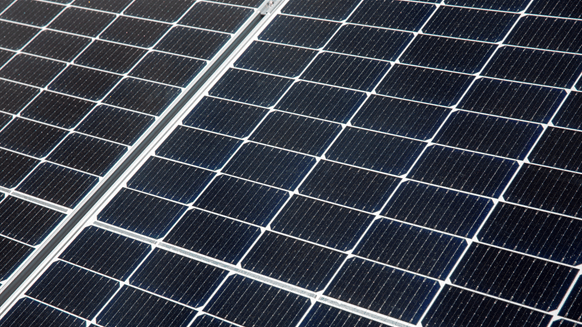QatarEnergy has announced the commissioning of two new solar photovoltaic plants in the industrial cities of Mesaieed and Ras Laffan, adding a combined capacity of 875 megawatts (MW) to the national grid. With these additions, Qatar’s total solar energy capacity has now reached 1,675 MW, according to a company press release.
Energy Affairs Minister Saad Sherida Al-Kaabi, who is also the President and CEO of QatarEnergy, stated that solar power development is a core pillar of the country’s strategy to lower carbon emissions, promote sustainability, and diversify energy sources. The new solar facilities are expected to cut annual carbon dioxide emissions by approximately 4.7 million tons.
As outlined in the Qatar National Renewable Energy Strategy, published on April 27, 2024, the country aims to increase the share of renewable energy in its gas-heavy power mix from 5% to 18% by 2030. The strategy places strong emphasis on expanding solar generation.
The new installations join the 800-MW Al-Kharsaa solar plant—commissioned in 2022 and jointly owned by QatarEnergy, Marubeni Corp., and TotalEnergies—bringing the number of operational solar power facilities in Qatar to three. Together, they are expected to meet about 15% of the country’s peak electricity demand.
“We have advanced from depending on external expertise to implementing solar power projects using our own national talent,” Al-Kaabi added.
Looking ahead, QatarEnergy is planning a 2,000 MW solar facility in Dukhan, targeted for completion by 2030.
Despite these renewable milestones, Qatar still relies heavily on gas-fired thermal power, which currently accounts for over 90% of its 11.3 GW power generation capacity. However, the upcoming addition of 2.2 GW in thermal capacity by 2027 reflects the country’s gradual transition toward renewables.
Kahramaa, Qatar’s electricity and water authority, noted the nation’s strong solar potential due to its exceptionally high global horizontal irradiance (GHI) levels. Ten locations in the country have averaged over 2,000 kWh/m²/year in solar radiation over the past four years, reinforcing the promise of solar as a cornerstone of Qatar’s energy future.
Source: Rigzone.com













































































